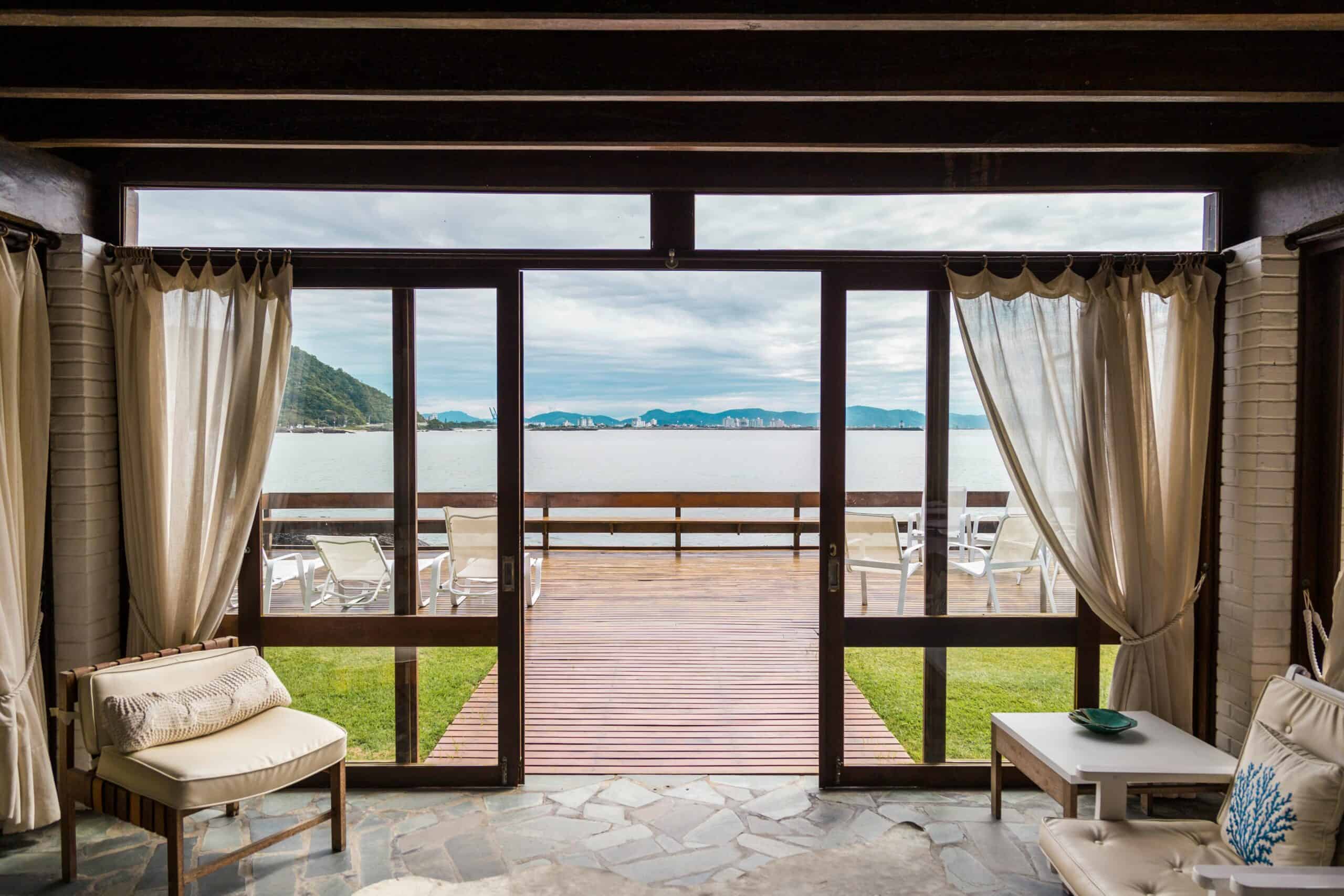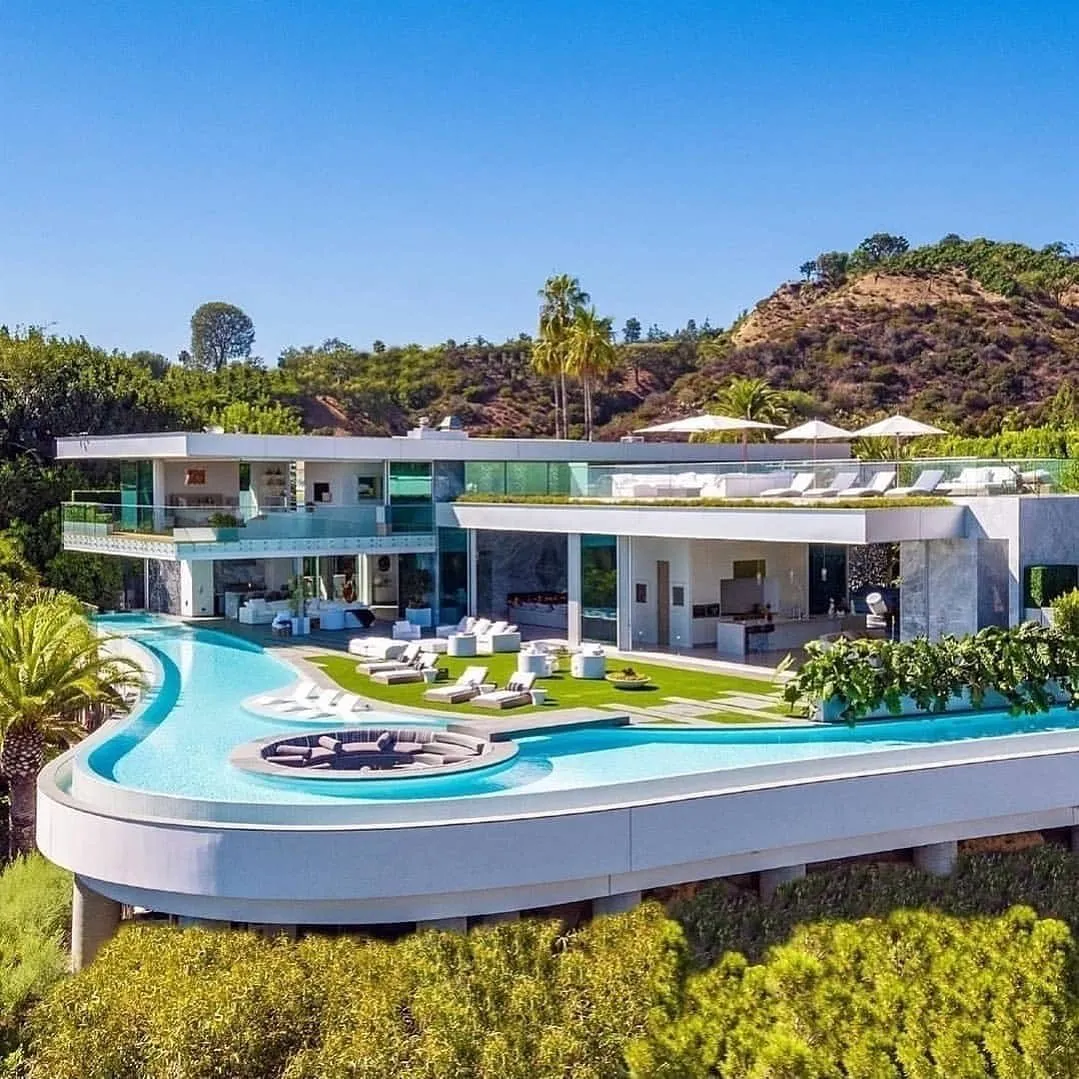Is it possible to envision a home—or any structure, for that matter—without windows? Of course not. They are essential to the comfort of a room, whether they are on a wall or a tiny skylight. New technologies and interior design trends emerge daily, making our lives easier and more convenient. This trend is also observed in window manufacturing. A real innovation among window profiles is plastic windows. They have been becoming more and more popular for more than 30 years, and PVC and aluminum windows are gradually replacing hardwood frames. And for good reason! The primary benefits and drawbacks of plastic windows are discussed in this article along with some related facts and myths.
What Are Plastic Windows, Actually?

Image Source: aasaan.shop
The first plastic windows were created more than half a century ago. In Hamburg, the first plastic window was installed. Many people now favor PVC windows because the production process has been greatly improved since then.
PVC window frames, as their name implies, are manufactured using raw resources such rock salt, natural gas, or petroleum. The high-strength materials used to make the PVC profiles for the plastic windows are resistant to impact and weather. The reinforcement thickness of window frames also varies with window size, with some windows having a maximum thickness of 2.5 mm. This prevents plastic windows from warping and allowing them to survive abrupt temperature changes.
Types of Plastic Windows

Image Source: vitrager.com
To accommodate a range of requirements and tastes, plastic or vinyl windows are available in a variety of shapes and designs. Both new construction projects and homeowners find these types appealing due to their many features and advantages. Here are a few of the most popular varieties of plastic windows:
1. Double Hung Windows
Double-hung windows are one of the most common forms of plastic windows. They consist of two sashes, both of which can be moved vertically. This design allows for improved ventilation control, making them an excellent choice for homes in various climates. Double-hung windows are popular among homeowners because they are simple to clean and maintain.
2. Casement Windows
Casement windows open outward like a door and are hinged along one side. They offer great ventilation and unhindered views. Because they provide the best airflow to assist cool indoor rooms during hot weather, these windows are ideal for coastal locations.
3. Sliding Windows
Sliding or gliding windows have panels that slide horizontally along a track. They are easy to operate and offer a modern, streamlined appearance. Sliding windows are a practical choice for homes with limited exterior space where a swinging sash might not be suitable.
4. Awning Windows
Awning windows have a top hinge and open outward, much like an awning. They provide excellent ventilation even during light rain, as the open sash protects against water entering the home. Awning windows are popular in areas with frequent rain or high humidity.
5. Bay and Bow Windows
The purpose of bay and bow windows is to provide more interior space and sweeping views by protruding from the outer wall of the house. These windows can greatly improve a home's curb appeal and give its design a hint of refinement.
6. Picture Windows
Picture windows are permanently installed windows that do not open or close. They are designed to provide unobstructed views and maximize natural light intake. Picture windows are excellent for showcasing scenic views and are commonly used in living rooms and other areas where a clear view is desired.
7. Custom-Shaped Windows
To accommodate specific design choices, a lot of manufacturers provide the ability to produce plastic windows in custom shapes. Adding a unique touch to a home's architectural design, these windows might be shaped like triangles, octagons, arches, or circles.
What Makes Plastic Windows So Popular?

Image Source: oknanagoda.com
Notwithstanding, a lot of individuals continue to think that PVC frames are insufficiently resilient and unable to provide adequate thermal insulation. But that's completely untrue! Purchasing plastic windows has several benefits:
1. They have excellent insulation values
Excellent insulating qualities are a hallmark of high-quality windows, mostly because of the steel reinforcement. Additionally, they are more effective at reducing noise and sound than aluminum or wood frames.
2. They are robust and offer better burglary protection
It is still a myth that PVC windows have poor burglary protection. In addition to the frame, the glass itself also has special reinforcement. The spaces between the panes are filled with a special noble gas, which makes the pane more robust and shatter-resistant. Then we speak of laminated safety glass (LSG), which consists of two or more pane glasses connected by an elastic high-polymer foil. Such a window is hardly breakable. The burglar-proof steel lock plates guarantee additional security.
3. Plastic windows are available in countless shapes and colors
Wooden frames frequently make it impossible to create PVC profiles in nearly any shape or size. Businesses provide bespoke window profiles that are ideal for your requirements. Along with the size and shape, you may also choose the color of the plastic windows' frames, which might mimic real wood or be odd.
4. Plastic windows are fire-resistant
Although some people think otherwise, PVC windows are completely fire-resistant. Fire-resistant windows have special double or triple glazing to be heat-resistant. With wooden windows, the lack of fire protection is a significant disadvantage.
5. Plastic windows cost too much
The model and size have an impact on the price as well. Although you occasionally have to spend a lot of money, the price-performance ratio is excellent. Although you might have to pay more up front, there are a number of reasons why the investment is worthwhile. Longevity is a feature of well-made plastic windows, which can endure up to 30 years with proper care. They don't need as much maintenance or frequent painting as wooden frames, and they are far more resilient to heat, cold, and climate fluctuations than wood and aluminum windows.
6. Noise reduction
Vinyl windows with double or triple glazing provide excellent sound insulation, helping to reduce outside noise levels significantly. This feature is especially advantageous for properties in busy urban areas or near highways, promoting a more peaceful and comfortable living environment.
7. Energy efficiency
Plastic windows are excellent insulators, helping to create a more energy-efficient home. Modern vinyl windows are designed with multi-chambered frames and advanced weatherstripping, which effectively seal out drafts and prevent heat loss during cold months. The energy efficiency of plastic windows can lead to reduced heating and cooling costs, making them an environmentally friendly choice as well as financially beneficial in the long run.
8. Easy cleaning and Installation
There is no extra upkeep needed for plastic windows. The frames are easily cleaned, despite their propensity to collect dust and grime. A moist cloth and little detergent will do the trick.
Installing plastic windows is quicker and easier because they are lighter than windows made of other materials. This might lessen the disturbance brought on by the window replacement procedure and save installation charges.
However, Plastic Windows Also Have Some Disadvantages:

Image Source: freeliteaz.b-cdn.net
1. They are not completely environmentally friendly
Plastic windows cannot naturally degrade because PVC is not a natural material like wood. Hazardous poisons are also released in the event of a fire. Nonetheless, a lot of manufacturers consider this and create long-lasting, recyclable, and energy-efficient windows.
2. Plastic windows do not create a cozy atmosphere
For some people, PVC windows seem unnatural, even cold. Wooden windows indeed offer a natural living environment. However, PVC frames can be laminated with foils that perfectly imitate wood.
3. Rapid temperature changes can affect operability
Large temperature changes can sometimes lead to deformations, negatively affecting insulation values. However, these are rather exceptions.
4. Less strength and rigidity
Even while plastic windows are sturdy and weatherproof, they may not be as rigid and strong as windows made of fiberglass or aluminum. In high-wind coastal regions where storms are frequent, homeowners may look for more robust solutions.
In summary, plastic windows are a better and more affordable option for your apartment for a number of practical and technical reasons.
Comparing Plastic Windows with Other Window Materials

Image Source: riverbendwindows.com
When comparing plastic windows to those made of wood, aluminum, or composite materials, each type has particular advantages and disadvantages.
1. Plastic Windows (Vinyl)
Plastic or vinyl windows offer excellent energy efficiency, low maintenance, and cost-effectiveness. They are durable, resistant to rot and warping, and require no painting or sealing. Vinyl windows are available in various designs and colors, allowing various design possibilities to improve curb appeal.
2. Wood Windows
Wood windows are favored for their natural beauty and classic charm. They add warmth and elegance to a home's interior and exterior. However, wood windows require regular maintenance, including painting, staining, and sealing, to protect against weather damage.
3. Aluminum Windows
Aluminum windows are strong and lightweight, making them ideal for large openings. They are less expensive than wood and offer a modern appearance. However, aluminum is a good conductor of heat and cold, which can affect energy efficiency.
4. Composite Windows
Composite windows combine the benefits of fiberglass and wood, among other materials. They require little upkeep, are long-lasting, and use little energy. They may cost more than plastic windows, though.
The selection of window material ultimately comes down to personal taste, financial constraints, and particular requirements. Many homes choose plastic windows, particularly vinyl ones, because they provide an appealing combination of cost, durability, and energy efficiency.
Frequently Asked Questions on Plastic Windows

Image Source: elitetec.co.za
1. How long do plastic windows last?
Plastic windows are renowned for their lifespan and durability, particularly premium vinyl windows. If properly cared for, they could last for 20 to 40 years or longer. They are appropriate for long-term use in a variety of climates, particularly humid coastal regions, due to their resistance to rot, warping, and corrosion.
2. What are plastic windows made of?
Plastic windows, commonly called vinyl windows, are primarily made from polyvinyl chloride (PVC) materials. The PVC is extruded and molded into frames and sashes, making the windows durable and low maintenance. Modern manufacturing techniques also incorporate additives like UV stabilizers and impact modifiers to enhance their performance and longevity.
3. Are plastic windows better than wood?
The decision between wood and vinyl windows is influenced by a number of variables. Plastic windows have the benefits of cost-effectiveness, easy maintenance, and energy efficiency. They don't need to be painted, are more weatherproof, and are typically less expensive. Wood windows, on the other hand, are preferred for their timeless appeal and inherent beauty, which makes them appropriate for traditional or historical building types. When choosing between the two materials, homeowners should take their demands and tastes into account.
4. Do plastic windows boost curb appeal?
Yes, plastic windows, especially those available in various styles and colors, can significantly boost a home's curb appeal. The wide range of design options allows homeowners to choose windows that complement the overall aesthetic of their house, enhancing its visual appeal and value.
5. Are plastic windows easy to install?
The design of plastic windows makes installation simple. They may be effectively and safely installed into new building projects or existing frames by skilled installers. For those with knowledge, DIY installation is feasible, but hiring professionals is usually advised to guarantee correct fitting and sealing for best results.














